Ballad, Trot, OSTs and More: Get To Know Other Genres Big in Korea

This story is part of Billboard‘s K-Pop Issue.
What exactly is K-pop? Internationally — and especially in the West — the term has become synonymous with girl groups and boy bands (“idol groups” in K-pop lexicon). But some Korean music industry executives argue that the genre should have a broader definition. “K-pop is less about a specific style and more about a representation of what happens to be hot in Korea,” says Bernie Cho, president of DFSB Kollective, a Seoul-based Korean artist and label services agency. “Right now, similar to the U.S. charts, a wide range of genres in Korea is currently popular and therefore, by default, K-pop.”
More from Billboard
Indeed, South Korean popular music encompasses much more than idol groups. The country’s vibrant scene is packed with artists from different genres, many of whom are backed by smaller labels that lack the resources to heavily promote them abroad. In fact, idol K-pop isn’t even the most popular type of music in South Korea — more on that below, along with the other major genres that Koreans are listening to these days.
Related

K-Pop Music in 2023: Artists, Industry Leaders & More
Alternative/Rock
South Korea’s rock history began in the 1950s, when American soldiers fighting in the Korean War played rock’n’roll on military bases, influencing musicians such as “The Godfather of Korean Rock,” Shin Joong-hyun. In the ensuing decades, numerous folk-rockers like Song Chang-sik and legendary bands like Sanullim, Deulgukhwa, Songgolmae and Sinawe emerged, ushering in a golden age of Korean rock by the ’80s. Punk acts like Pippi Band, Crying Nut and No Brain started Korea’s mid-’90s indie-rock renaissance.
Artists to Know: Jaurim, best known internationally for appearing on K-drama Twenty Five Twenty One’s soundtrack, is Korea’s longest-performing coed band and a national rock icon. Jannabi’s 2019 classic “for lovers who hesitate” continues to chart domestically.
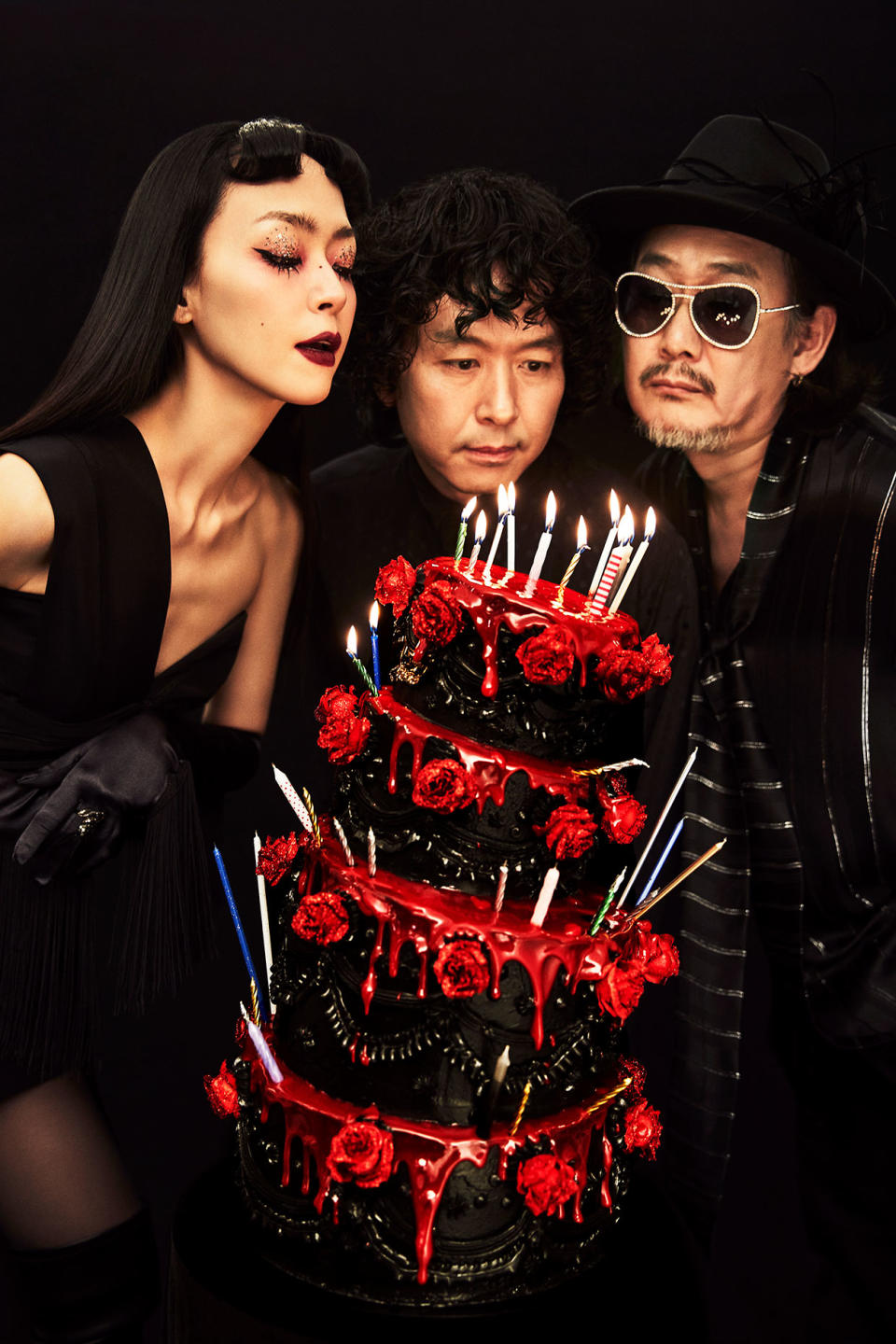
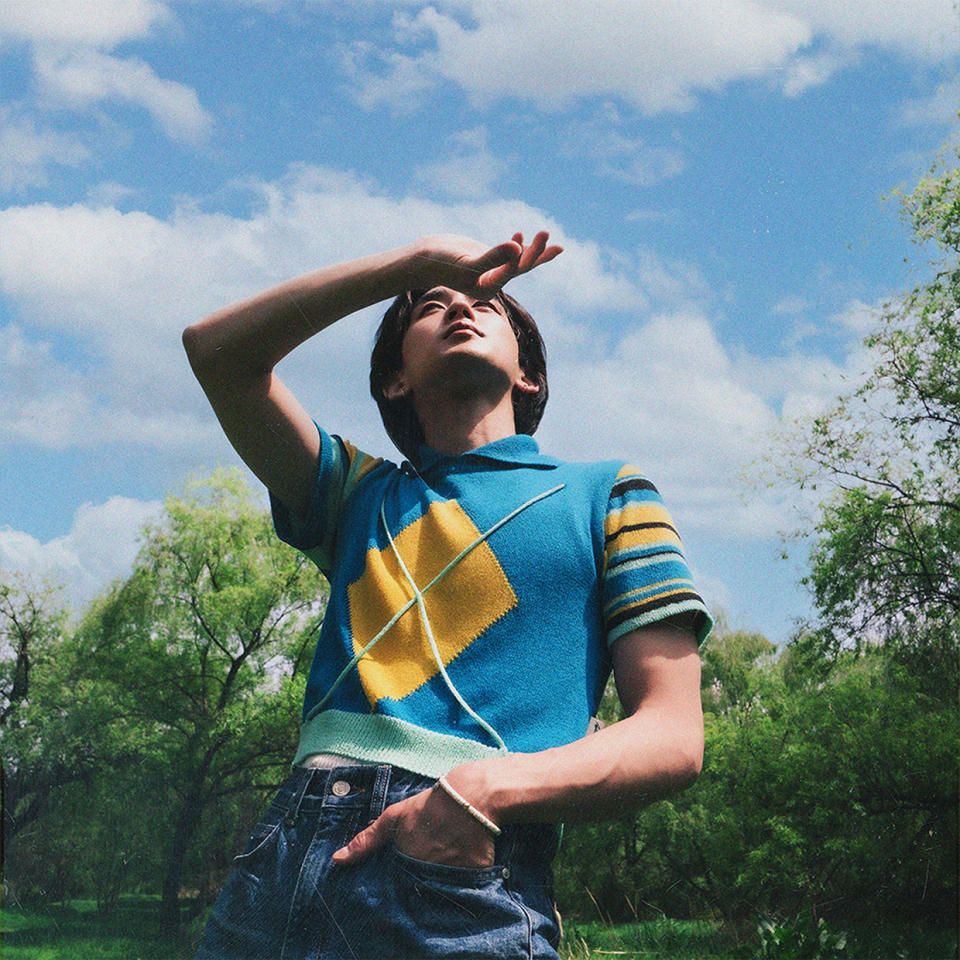
Adult Contemporary
Known as “ballad” in Korea, adult contemporary is by far the most widely enjoyed genre among Koreans of all ages. Ballad has been popular in the country since the 1980s and varies in style from R&B to dance to rock.
Artists to Know: With his velvety vocals, Sung Si-kyung is Korea’s long-reigning “King of Ballads,” and singer-songwriter YOUNHA is renowned for her rock-infused ballads and anthems.
Trot
The oldest form of Korean popular music — “kind of sort of like Korean country music,” Cho says — borrows its name from “foxtrot” and blends traditional Korean folk songs, Japanese enka, blues, swing, jazz and other Western genres. Trot had its heyday in the ’60s and ’70s, then declined during the ’90s. But in recent years, it has been revived thanks to TV competitions like Miss Trot and Mr. Trot, which have introduced the genre to younger audiences. (Still, trot remains most popular among Koreans over 50.)
Artists to Know: Singer-songwriter Na Hoon-A helped shape the genre into what it is today, and Young Tak is known for catchy trot songs that appeal to Koreans of all ages.

Soundtracks
Soundtracks, or “OSTs,” to Korean films and K-dramas are considered their own genre, partly so viewers can easily find music used in scenes and partly because many K-drama songs are created specifically for certain series, explains Lim Ha-young, music director for Twenty Five Twenty One and other hit K-dramas. Since the shows are so popular, “OSTs make up at least 10% of the songs on domestic K-pop charts at any given time,” Lim says.
Artist to Know: 10CM’s contributions to soundtracks for Our Blues, Crash Landing on You and many other popular K-dramas have led some to call him a “one-man OST god.”
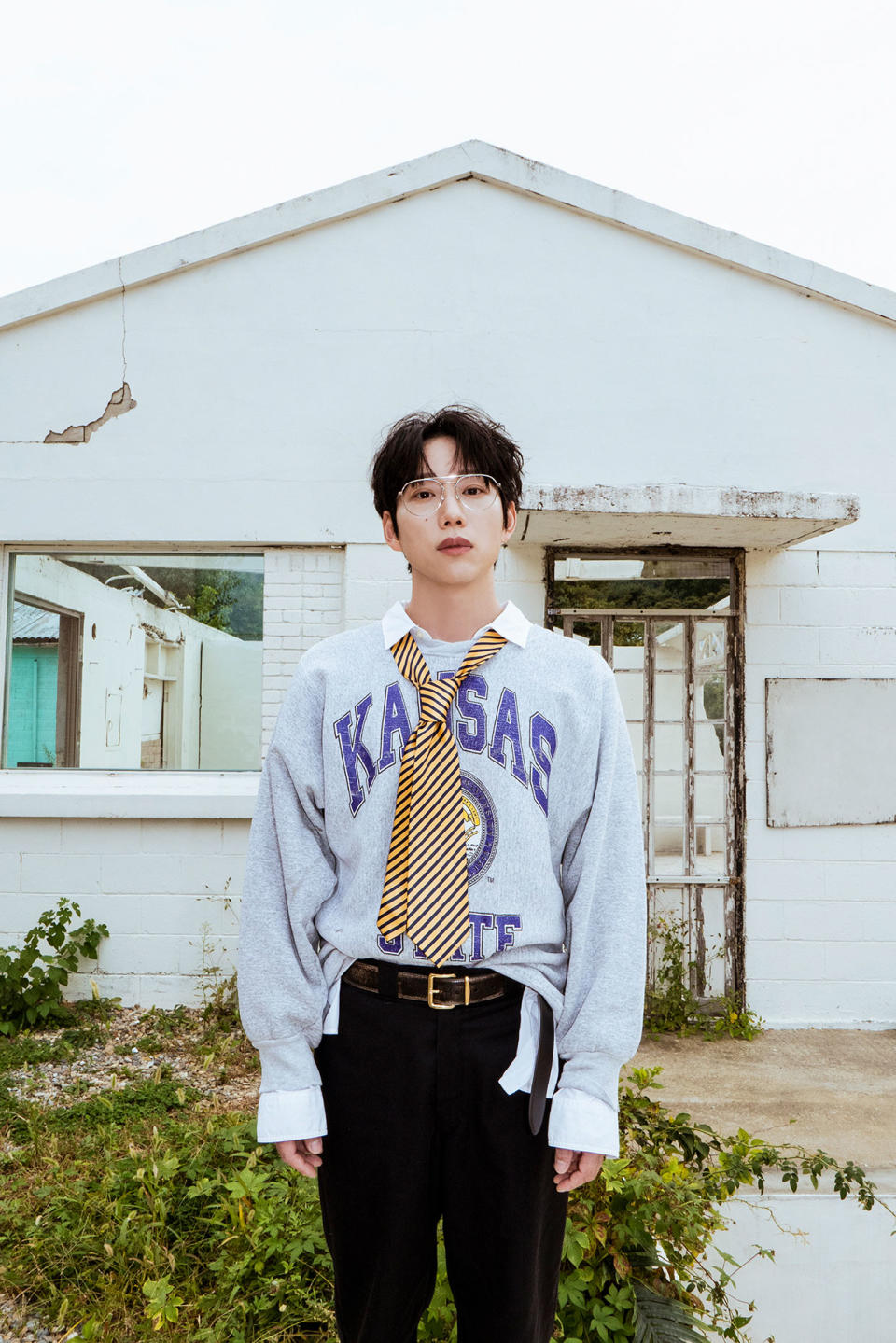
Dance/Electronic
While idol groups have performed most of the recent dance hits in Korea, there have been many notable exceptions, such as AKMU’s “NAKKA,” Lee Chanhyuk’s “Panorama” and PSY’s “That That.” And “there are also Korean artists who are positioned as dance/electronic artists, similar to Tiësto and David Guetta in the Western music industry,” says Shin Cho, head of K-pop and J-pop, Asia for Warner Music Korea.
Artist to Know: Best known internationally for his 2018 single “Way Back Home,” singer-songwriter, producer and DJ SHAUN was Spotify’s most streamed K-pop male solo artist from 2018 to 2020.
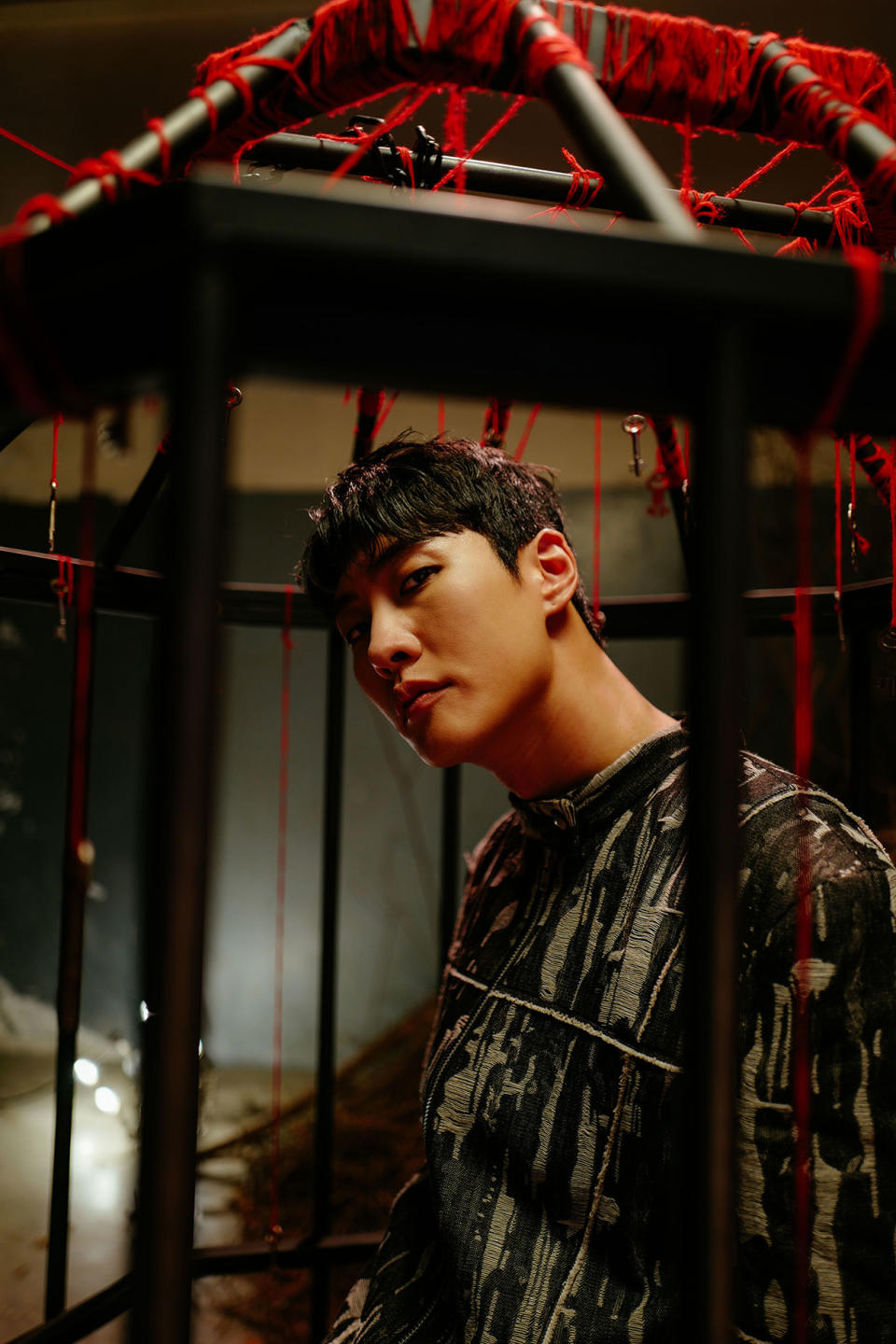
Hip-Hop
Groups like Seo Taiji and Boys and Deux helped introduce rap to Korea in the early ’90s, and hip-hop pioneers like Drunken Tiger, Jinusean, 1TYM and Epik High subsequently brought it into the country’s mainstream. Rap competition shows in the 2010s like Show Me the Money launched the careers of many Korean hip-hop artists and further popularized the still-influential genre. “The prominent hip-hop musicians in Korea certainly influence the K-pop industry as a whole, in sound, fashion and taste,” says Tablo, Epik High’s leader.
Artists to Know: BE’O skyrocketed to fame after appearing on Show Me the Money 10 in 2021 and is now one of Korea’s hottest hip-hop stars. Rapper-producer CHANGMO swept the 2022 Korean Hip-Hop Awards.
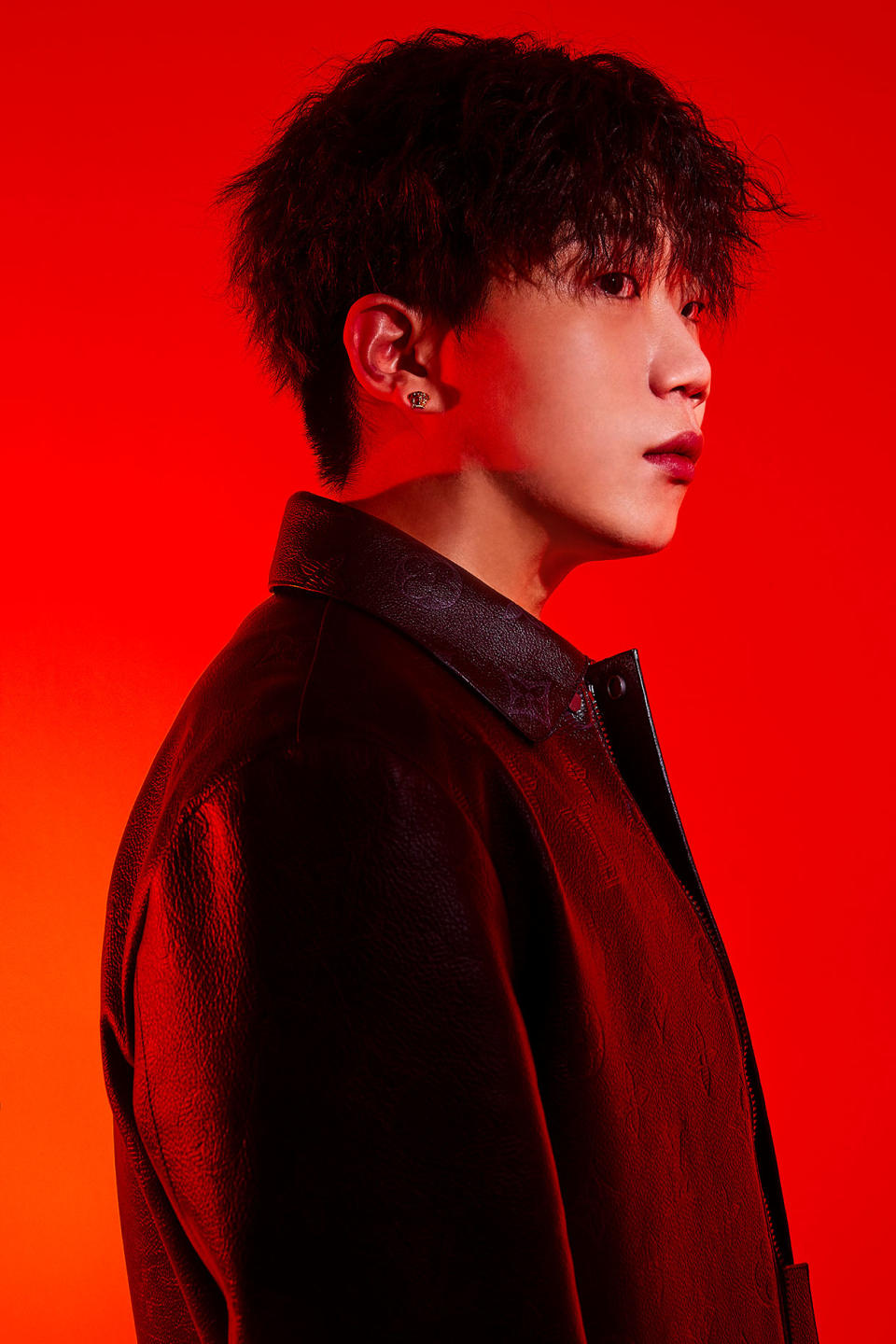
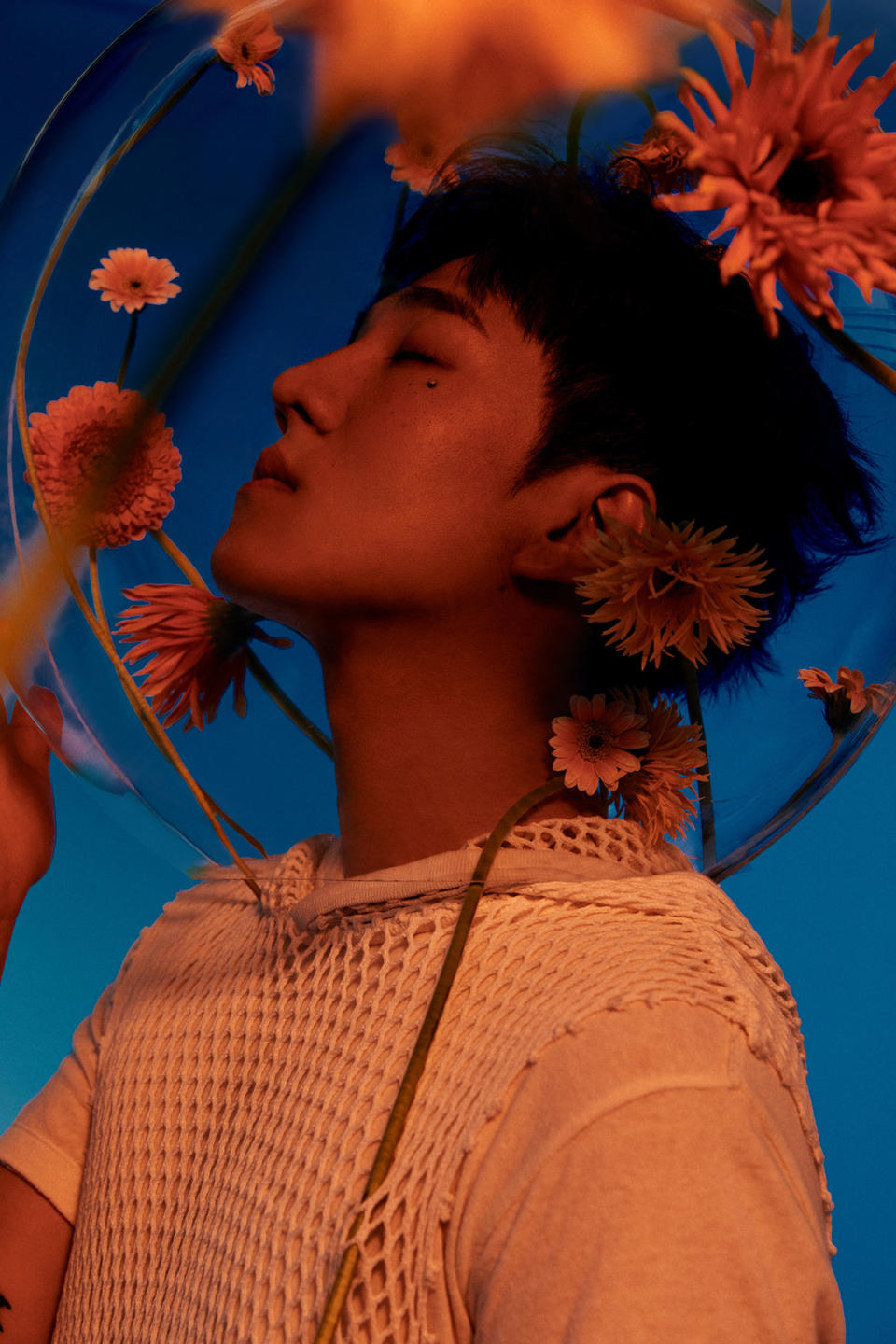
R&B/Soul
“R&B mixed with soul really took off in Korea in the mid-to-late 1990s,” noted Korean music critic Woojin Cha explains. Korean American trio Solid is often credited with introducing the genre to Korea. R&B/soul is also sung by K-pop idols and ballad singers alike.
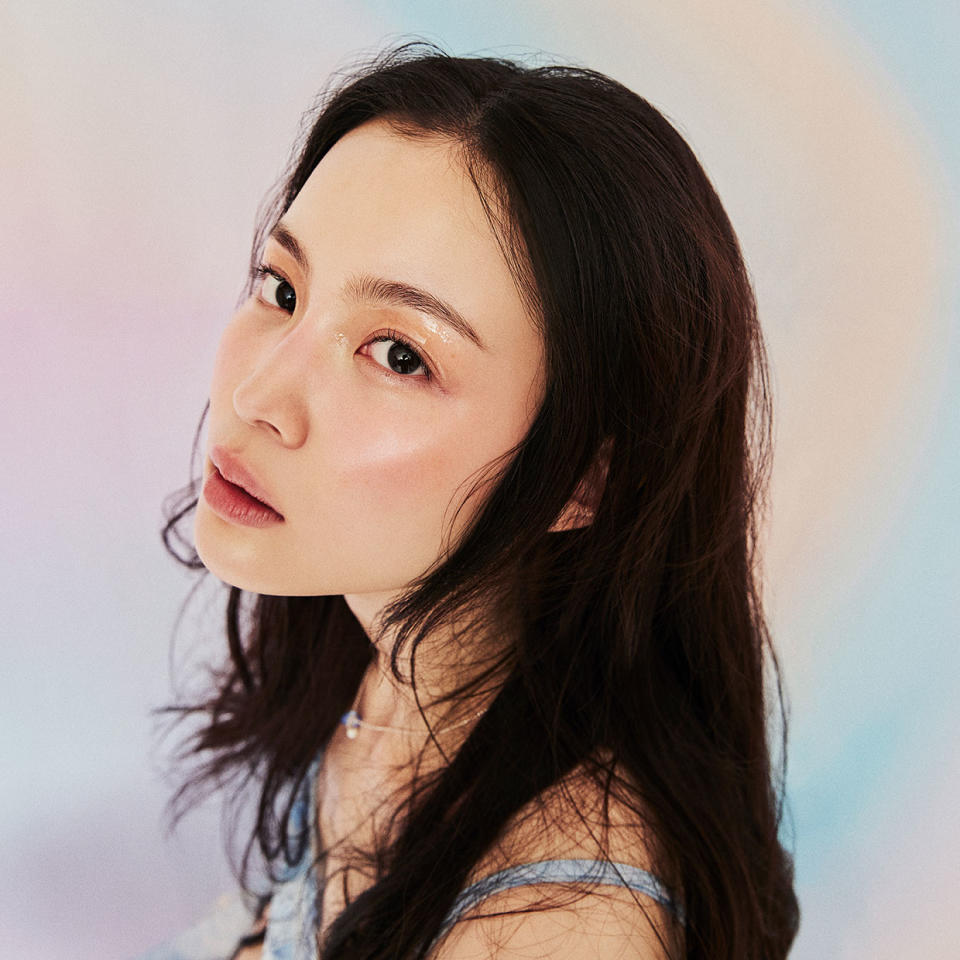
Artists to Know: LeeHi is known for her unique husky voice, and alternative R&B singer-songwriter DEAN has written for K-pop idol groups and fellow R&B artists.
This story originally appeared in the April 22, 2023, issue of Billboard.
Best of Billboard
H.E.R. & Chris Brown 'Come Through' to No. 1 on Adult R&B Airplay Chart
Anne Wilson's 'I Still Believe in Christmas' Crowns Christian Airplay Chart

